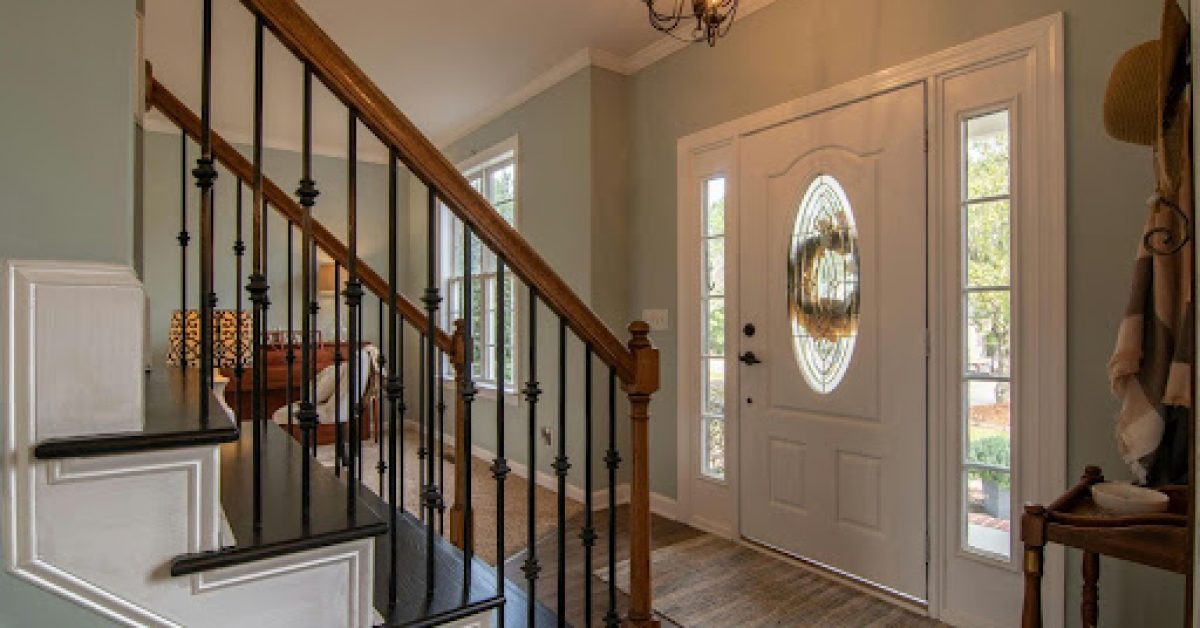In the competitive world of real estate, images are more than just photos. They are the first impression. Buyers today browse online listings before they ever step into a property. That means the quality of your visuals can influence interest, price expectations, and even final decisions. This is where professional photo editing plays an essential role. And for many agencies, the most efficient way to manage editing needs is to outsource photo editing to specialized providers.
Still, one of the most common questions real estate professionals ask is: how much does it actually cost to edit property images? The answer depends on multiple factors—some predictable, some not so obvious. Understanding these variables can help you make smart decisions and better manage your visual marketing budget.
Different Levels of Editing and How They Affect Pricing
Not all real estate images need the same kind of editing. Some just need basic color correction and alignment, while others may require detailed changes like object removal, sky replacement, or virtual staging. These levels of editing come with different pricing.
For basic edits—adjusting brightness, shadows, contrast, and white balance—you might pay around $1 to $2 per image, which is roughly ₹85 to ₹170. This level is ideal for well-shot images that just need slight enhancements.
Standard edits, which may include lens correction, straightening verticals, window masking, and minor item removal, usually fall in the range of $2 to $4 per image (₹170 to ₹340). These are useful for indoor spaces with reflections or lighting issues.
More complex editing such as virtual staging, day-to-dusk conversion, or heavy object removal can go up to $10 to $30 per image (₹850 to ₹2,500). These premium edits require more time and a skilled hand, often involving layering and multiple tools to make the image look natural and realistic.
So, when planning your budget, the type of editing you need plays a major role in determining cost.
Turnaround Time and Volume Discounts
Another factor that impacts cost is the urgency of delivery. Many real estate agents want photos delivered within 24 hours. Editors who provide overnight delivery often charge a rush fee. A basic edit that might cost $1.50 (₹125) for a 48-hour turnaround could increase to $2.50 (₹210) or more for next-day service.
If you’re submitting hundreds of images a month, bulk pricing can help you cut down costs. Many companies offer tiered pricing where the per-image cost drops once you cross a minimum threshold, such as 100 or 200 images per batch. A large real estate firm that handles several listings a day could easily take advantage of this model to save on overall expenses.
One important thing to keep in mind when you outsource photo editing is the value of consistency. By working with the same editing team regularly, your images will maintain a uniform style. This reduces the need for back-and-forth revisions, helping you save both time and money.
Special Edits That Come at a Premium
Some types of edits are specialized and come with a higher price tag. For example, virtual staging—a popular technique in empty properties—requires designers to insert realistic furniture and decor digitally. This can cost anywhere from $15 to $40 per image, or around ₹1,250 to ₹3,400. Similarly, creating a day-to-dusk effect to show off warm lighting in exteriors can cost between $5 to $15 (₹420 to ₹1,250) per image.
While these edits cost more, they are also strategic. A well-staged photo can transform a bland room into a desirable living space. For luxury listings or premium properties, investing in advanced edits can lead to higher engagement and faster sales.
Clarity Helps Control Cost
One of the ways to keep editing costs under control is to give clear instructions when placing an order. If the editing team receives detailed guidelines, style samples, and image priorities, they are more likely to deliver the results you expect in the first round. This minimizes revisions and helps maintain your timelines, especially when managing multiple listings at once.
It’s also helpful to clarify which images need basic treatment and which require advanced work. Some editing providers allow clients to split their orders based on this, letting you apply high-value edits only where necessary.
When you outsource photo editing, communication is just as important as the editing itself. A reliable photo editing partner will not only help you understand costs upfront but also suggest ways to optimize your budget depending on your project goals.






